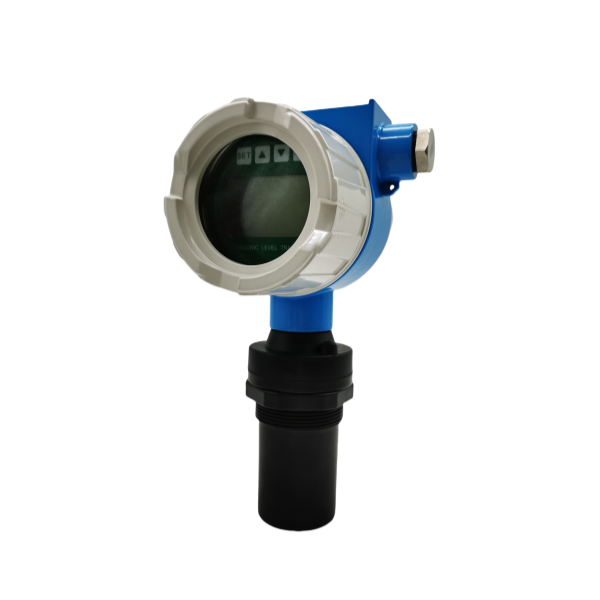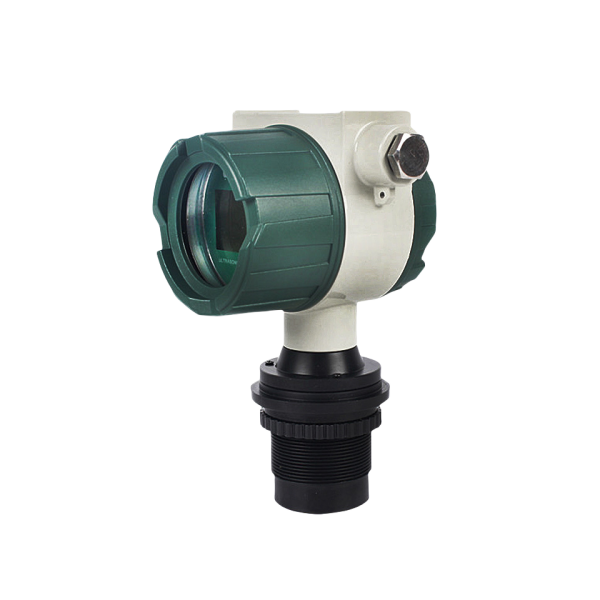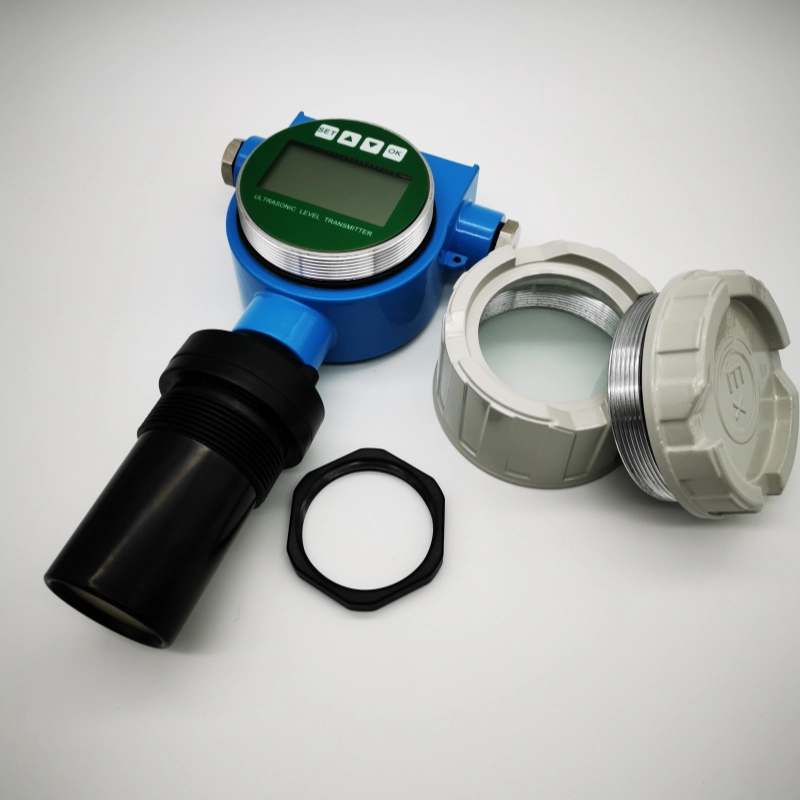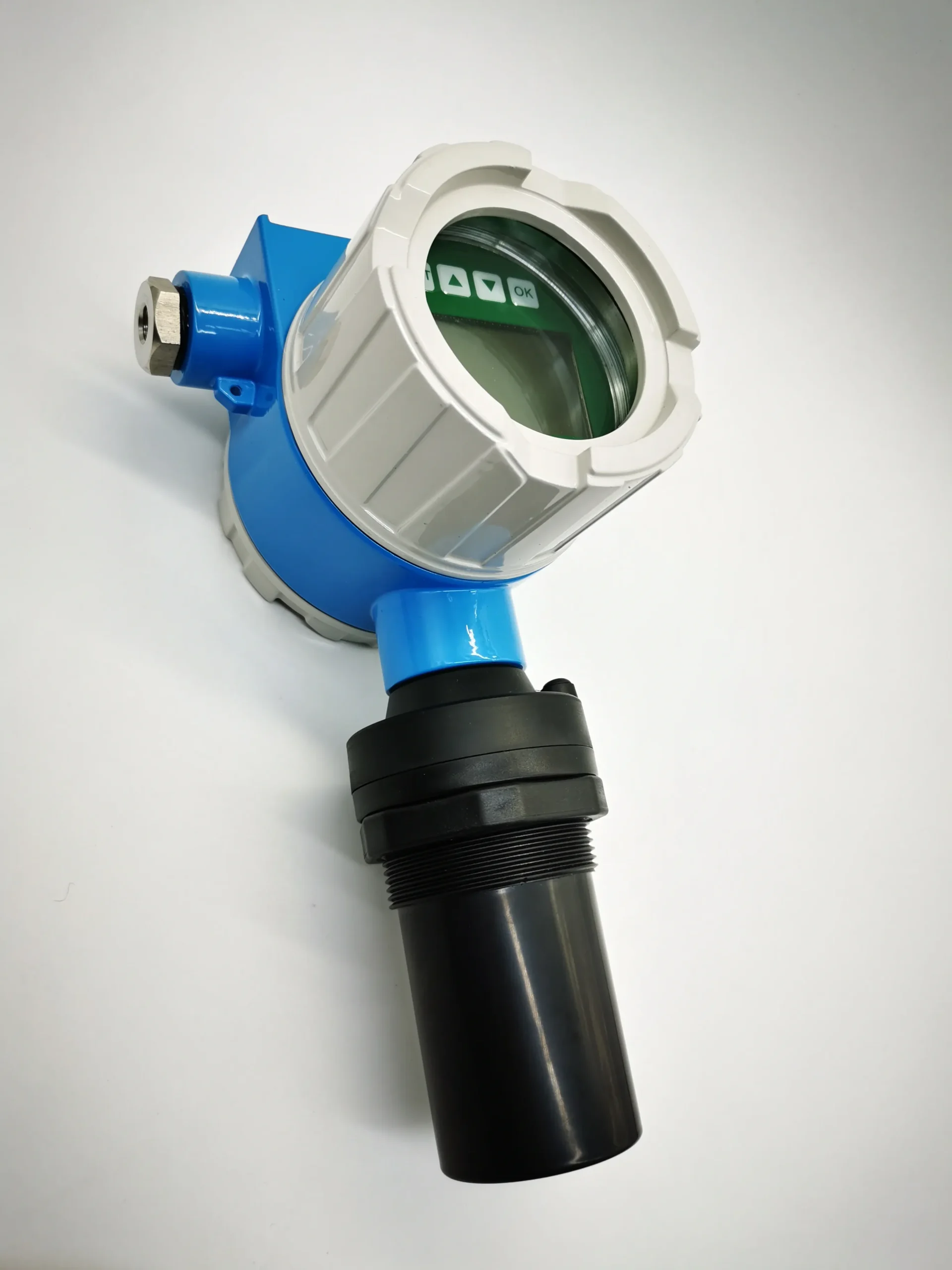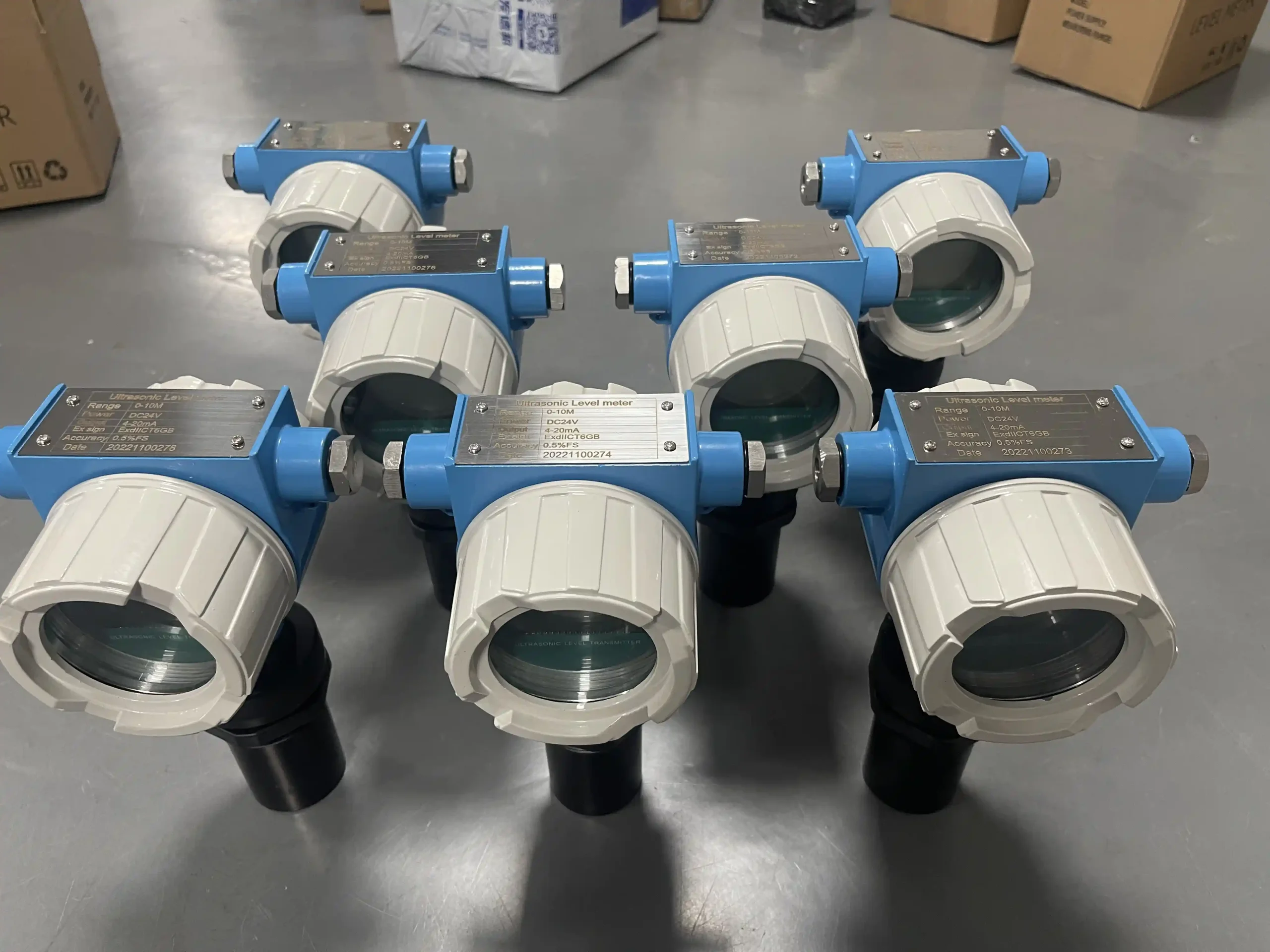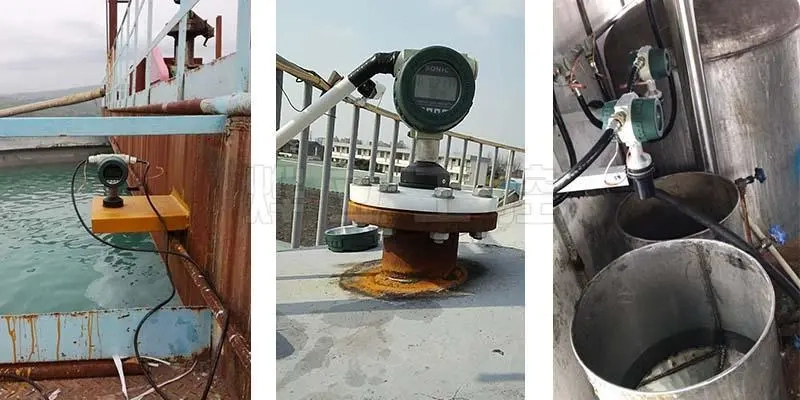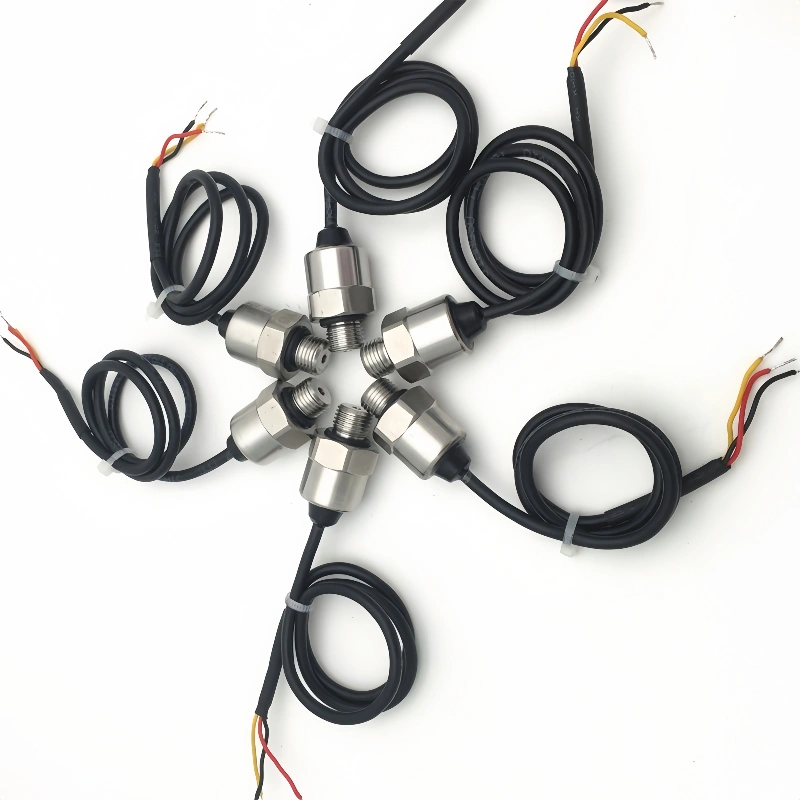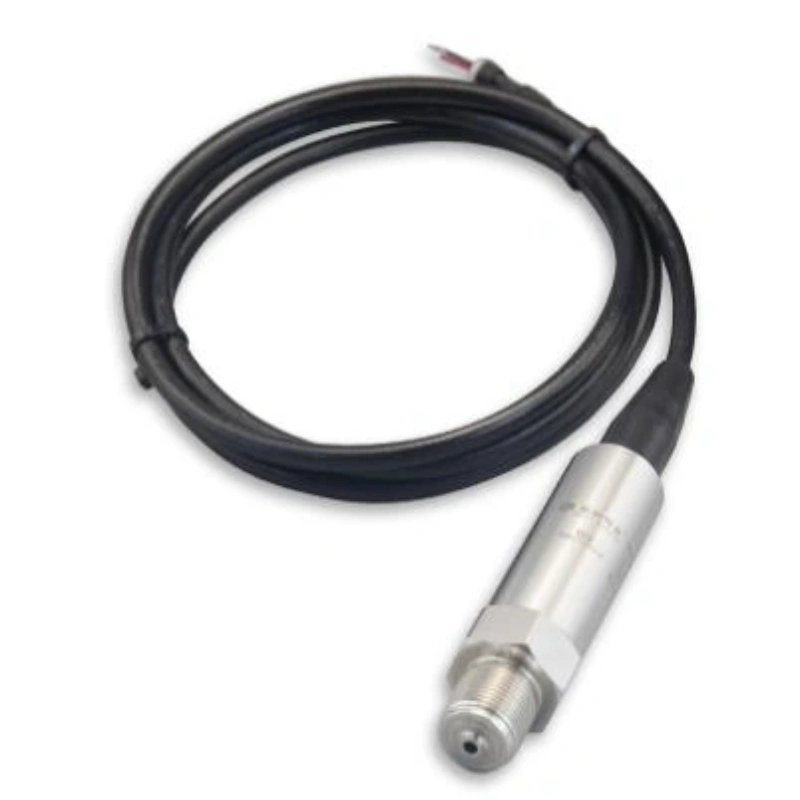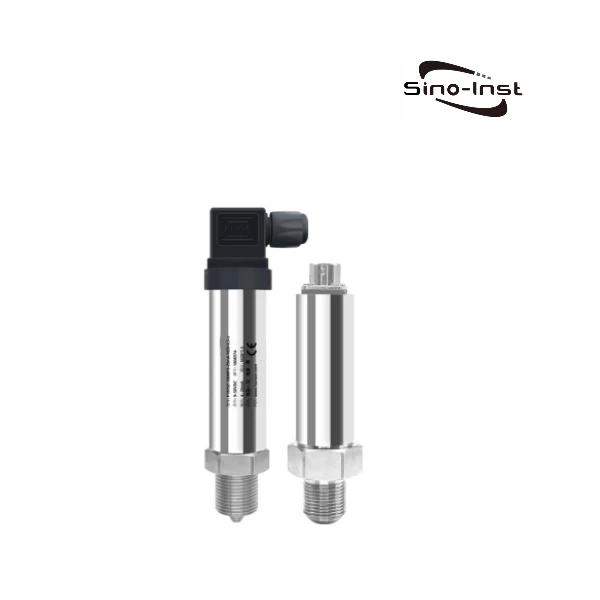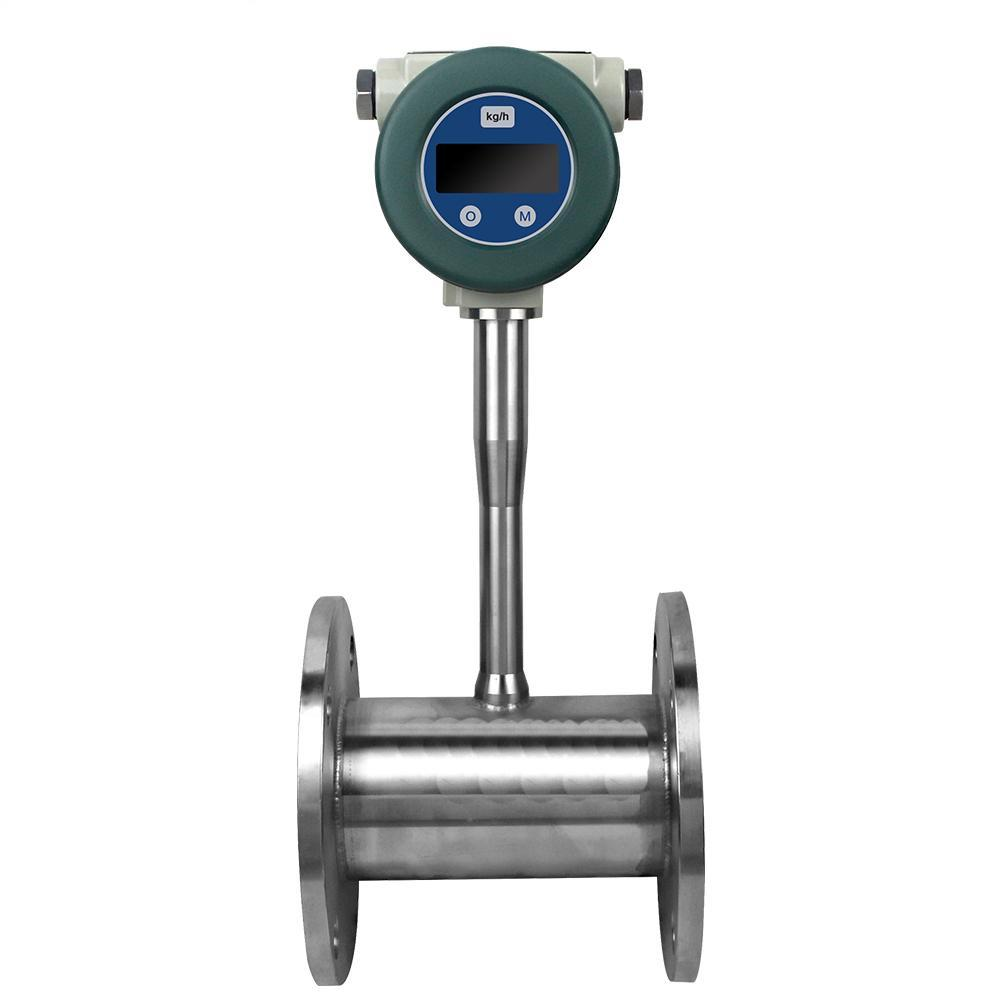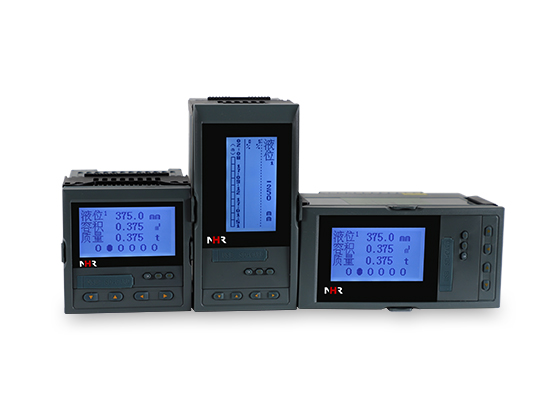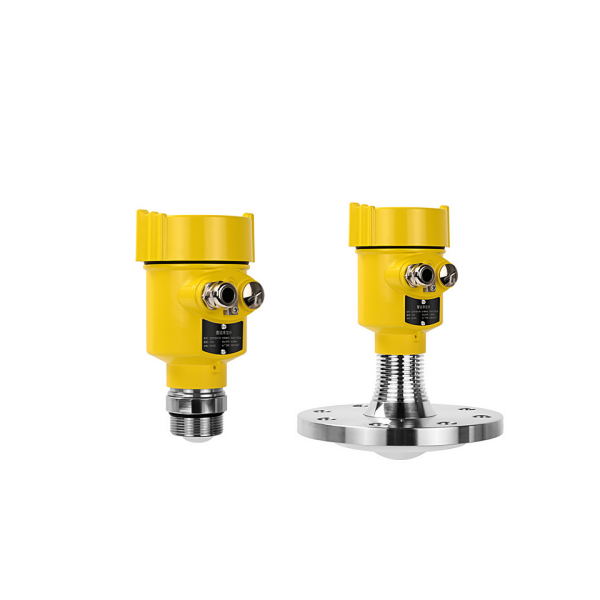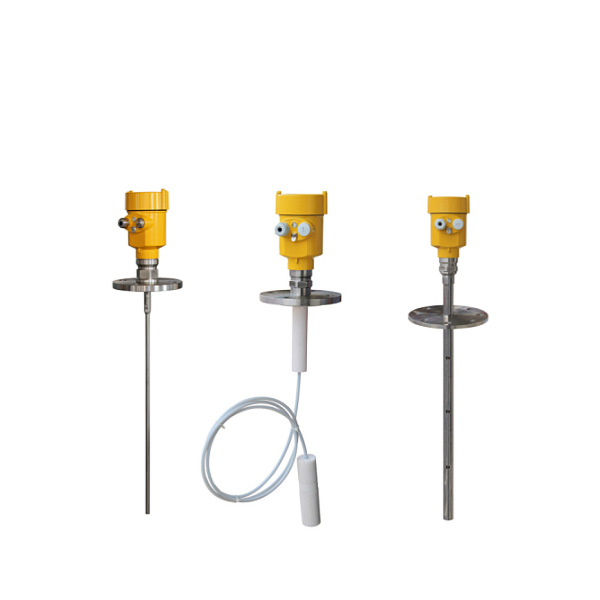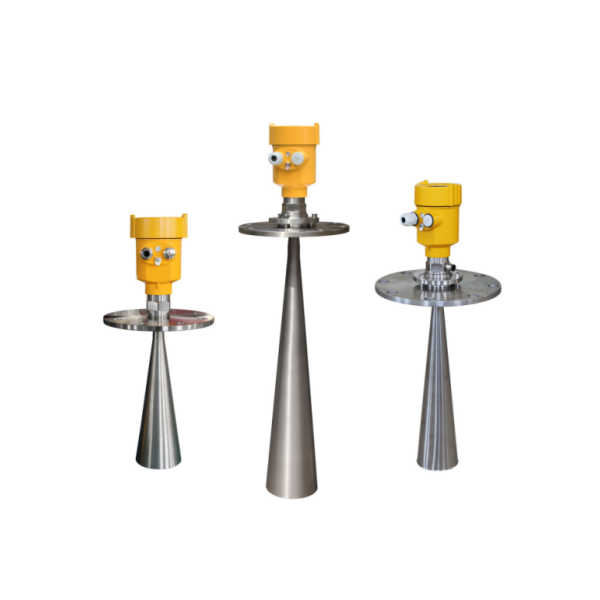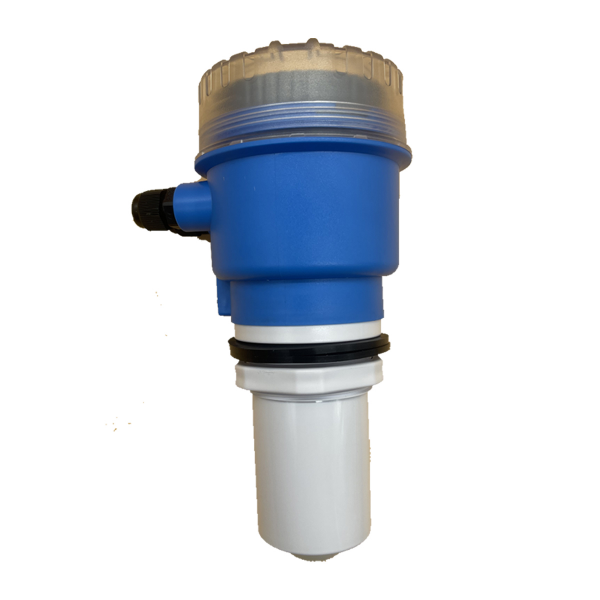How accurate is the ultrasonic water level sensor?
Ultrasonic level meters use the principle that sound waves hit the liquid surface (or material surface) to generate reflected waves, measure the time difference between the transmitted wave and the reflected wave, and thus calculate the height of the material level. They are mostly used for continuous measurement.
Sino-Inst’s conventional ultrasonic water level sensor has an accuracy of 0.3% and 0.5% (standard conditions). Although this is not the highest precision liquid level sensor, it can already meet the measurement needs of most users.
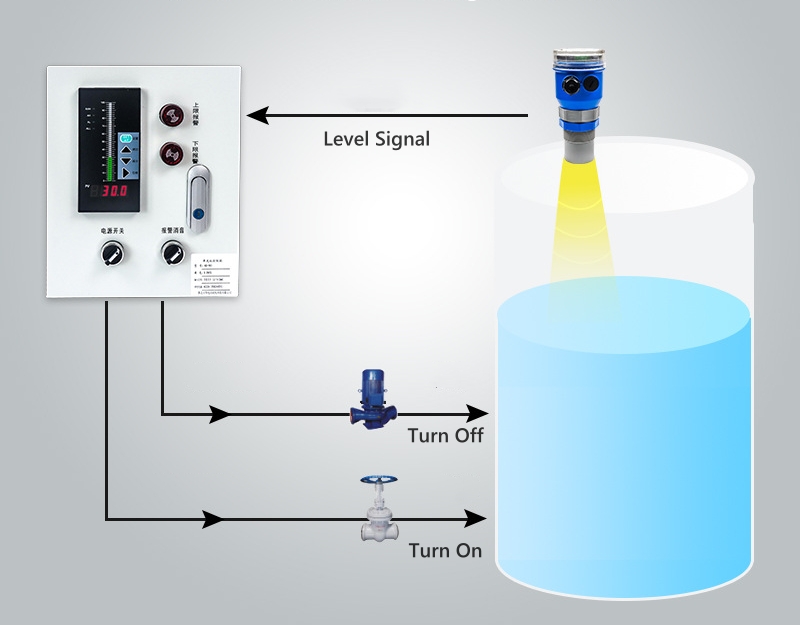
Installation principles:
1. The distance from the probe emission surface to the low liquid level should be less than the range of the purchased instrument.
2. The distance from the probe emission surface to the high liquid level should be greater than the blind area of the purchased instrument.
3. The emission surface of the probe should be parallel to the liquid surface.
4. The installation position of the probe should try to avoid the position where the liquid level fluctuates violently, such as the inlet and outlet directly below.
5. If the pool wall or tank wall is not smooth, the instrument installation position needs to be more than 0.3m away from the pool wall or tank wall.
6. If the distance from the probe emission surface to the high liquid level is less than the blind area of the purchased instrument, an extension tube needs to be installed. The extension tube diameter is greater than 120mm, and the length is 0.35m to 0.50m. It is installed vertically, with a smooth inner wall. The hole on the tank should be larger than the inner diameter of the extension tube. Alternatively, the tube should be passed to the bottom of the tank, and the diameter should be greater than 80mm. A hole is left at the bottom of the tube to keep the liquid level in the extension tube at the same height as that in the tank.

